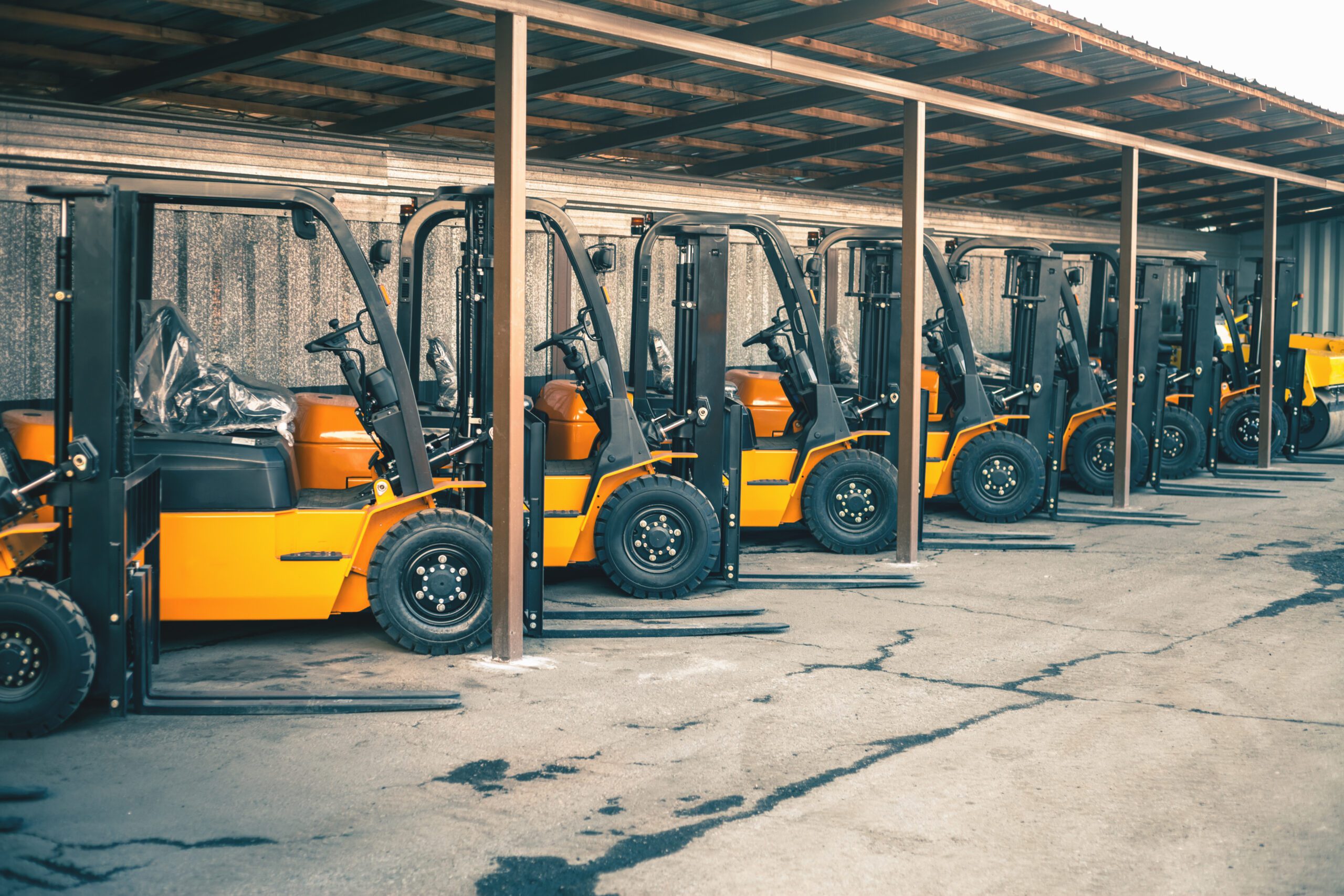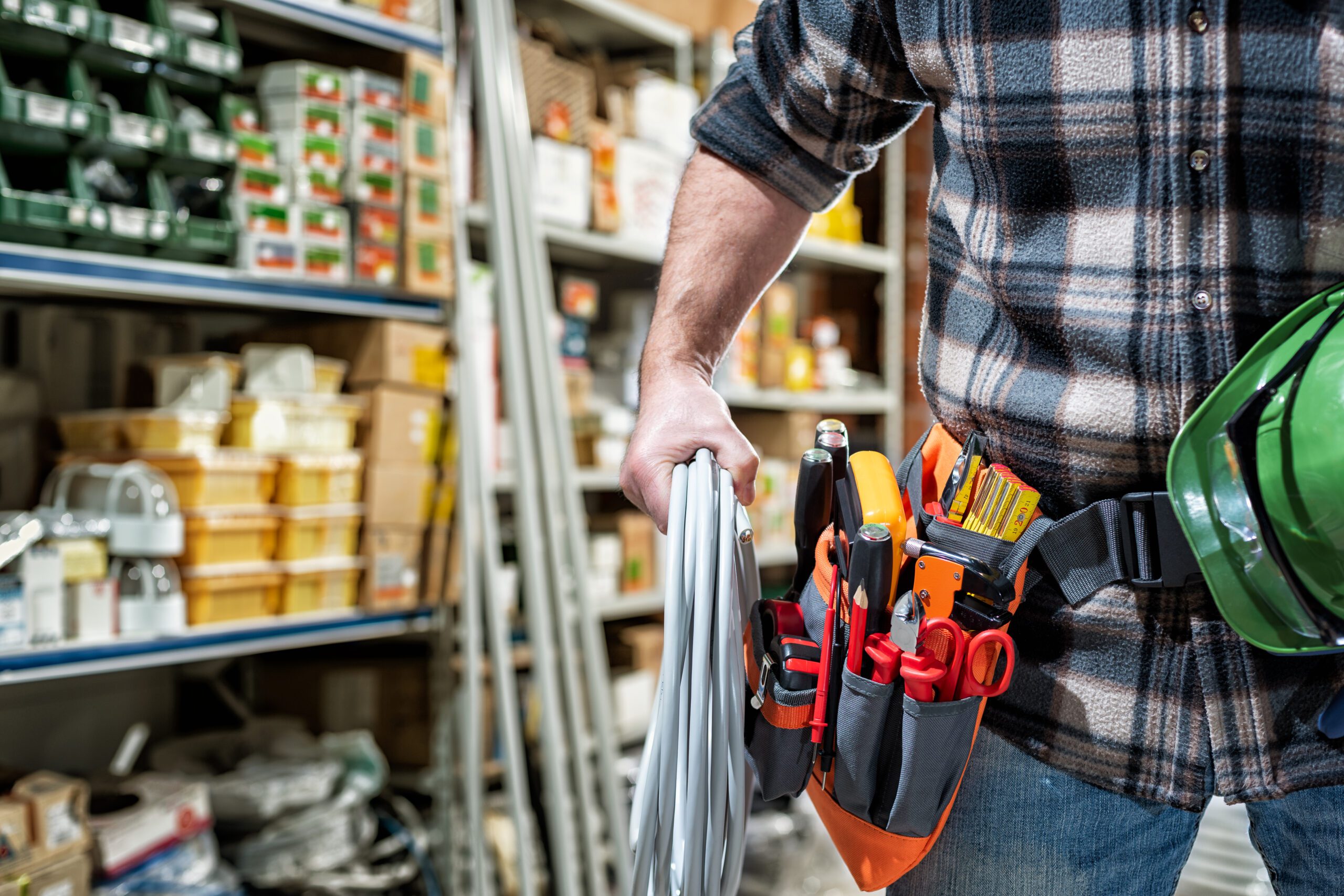In the construction equipment rental industry, efficiency is everything. From managing heavy equipment fleets to optimizing delivery schedules, your ability to streamline operations directly impacts profitability and customer satisfaction.
This guide walks you through the key strategies, tools, and best practices for running a more efficient rental operation, with deep-dive resources for each step.
Why Streamlined Operations Matter in Construction Rentals
Unlike party rentals or smaller tool shops, construction equipment rentals deal with large, expensive assets, tight project timelines, and significant logistical complexity. Streamlined operations can:
- Reduce downtime and lost revenue
- Protect valuable equipment from theft and misuse
- Ensure accurate billing and accountability
- Improve customer trust and retention
Table of Contents
Step 1: Optimizing Delivery & Route Planning
Delivery inefficiencies can lead to late arrivals, higher fuel costs, and wasted labor hours. Construction clients depend on equipment arriving on time, ready for use.
Best practices include:
- Using route optimization software to minimize mileage and fuel consumption
- Scheduling deliveries and pickups during low-traffic hours
- Tracking vehicles in real time for better customer communication
Step 2: Strengthening Equipment Security
Heavy equipment theft is a billion-dollar problem for the construction industry. Preventing theft and fraud is critical to protecting assets and maintaining profitability.
Strategies to consider:
- GPS tracking devices on high-value machines
- Unique lockout systems and geofencing
- Detailed identity verification during rentals
Step 3: Automating Rental Processes
Manual processes slow down operations, create errors, and frustrate customers. Automation saves time while improving accuracy.
Areas to automate:
- Reservations and digital contracts
- Billing and recurring invoices
- Maintenance reminders and scheduling
Step 4: Tracking Assets Effectively with Serial Numbers
In construction rentals, losing track of equipment—even temporarily—can cost thousands. Proper asset tracking ensures accountability.
Why serial numbers matter:
- Track individual pieces of equipment
- Prevent fraud or accidental mix-ups
- Improve reporting accuracy and service history records
Step 5: Running Smarter Warehousing
Warehouse and yard operations directly impact how quickly equipment can be rented, prepped, and delivered. A streamlined warehouse reduces downtime and labor costs.
Optimization tips:
- Organize inventory by usage frequency
- Use barcode or RFID scanning for check-in/check-out
- Dedicate zones for maintenance vs. ready-to-rent equipment
Step 6: Leveraging Data & Reporting
Data-driven insights allow you to make smarter operational decisions. Regular reporting highlights inefficiencies and opportunities for growth.
Key reports to review:
- Utilization reports for fleet efficiency
- Maintenance schedules and cost analysis
- Revenue by category or customer segment
- Route efficiency reports
- Profit margin tracking
Scaling Operations for the Future
Construction rental businesses that prioritize streamlined operations today are positioned for faster, smarter growth tomorrow.
Future-focused strategies include:
- Expanding your fleet with predictive data insights
- Using AI-driven logistics to improve delivery speed
- Offering mobile apps for customer convenience
- Building partnerships with construction firms for recurring rentals
Final Thoughts
Streamlined operations aren’t just about efficiency—they’re about profitability, customer satisfaction, and long-term growth. By investing in smarter processes, automation, and data-driven management, your construction rental company can scale confidently while minimizing risks and costs.
Use this guide alongside our in-depth resources to build a more efficient, profitable business.







